Alignment screening apps are tools so that you can better understand where you are at in space. Knowing the objective alignment markers can be helpful, but you don’t want to use force to achieve “alignment”. Be gentle with yourself do your restorative exercises and gradually make transitions in the way you move in order to give your tissues time to adapt. The alignment screening you see below is just an awareness tool. That’s all. It’s not about being in “perfect” alignment, it’s about understanding where you’re at in the moment and how your habits became your posture. With that information, you can then start moving into new expansive ways. 
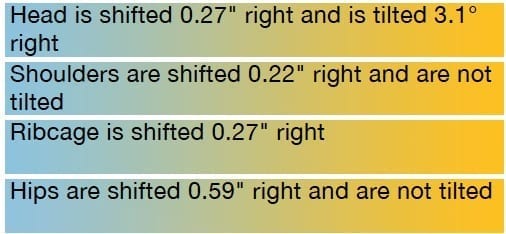
No wonder I get headaches stemming from my suboccipital area.
“Watch your habits, as they become your posture.
Watch your posture, for it creates your boundaries.
Watch your boundaries, for they restrict your growth.
Watch your restrictions, for they create immobility.
Watch your immobility, for it becomes your illness.”- Katy Bowman, biomechanist
No, Crooked Head Syndrome is not hereditary. Although, you may have learned postural habits by observing and mimicking a parent.
I probably learned the habit of sitting like this (see below) from my mom. I remember her sitting with her legs curled up to one side all the time. It’s fine to sit like this from time to time, but it’s the high frequency of any one position that creates the problem.
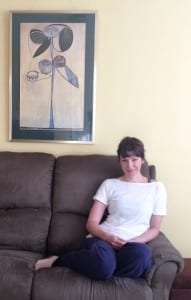
Sitting on a couch for demonstration purposes only. Do NOT try this at home! JK
If you jack one hip up, it’s only natural that the head will adapt to the asymmetry by tilting to the side. This puts a lot of tension in the suboccipital muscles and will compress the occipitoatlantal joint (O-A joint) on one side. The O-A joint is the joint between the atlas (C1) and the occiput (lower part of the back of the skull). Over time, this sustained tension will irritate the occipital nerve and cause pain to manifest from the back of the head to the eye region. It will also limit your range of motion looking left and right.
Crooked Head Syndrome, may come from the habit of cocking the head to one side, or it may be from compensating for an asymmetry that is happening lower in the body.

The habit of always sitting on one sit bone (or foot) more than the other.
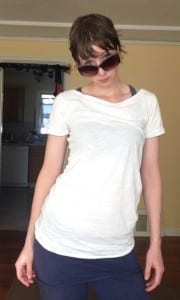
Trying to look cool.
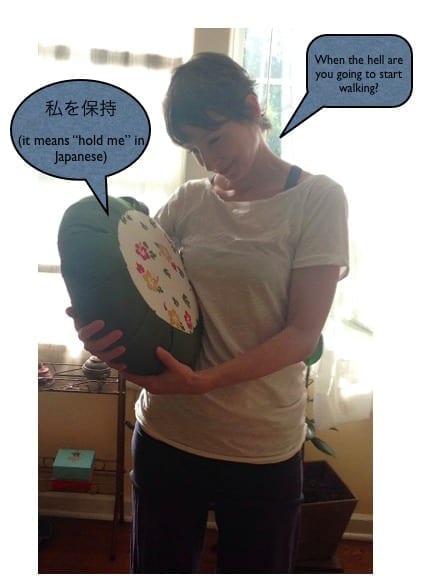
Holding baby (or Japanese meditation cushion) on one hip.
Pay attention to your habits and mix things up. Sit on a different side of the couch, or in a different kitchen chair. I tend to sit in the same kitchen chair and tend to angle myself facing a certain angle in the room, always lifting my left foot onto the chair. When I mixed it up by sitting in a different chair facing another direction, my habits changed! Stop putting yourself in the same box.
Not sure if your alignment is causing your pain, headaches, tension, pelvic floor dysfunction or inflamed joints? Get an Alignment Screening and/or ask a Restorative Exercise Specialist to check you out. A Nutritious Movement™ certified Restorative Exercise Specialist is trained to see when you are faking “good posture” and will help you move better.
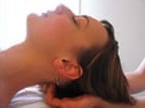
Get some bodywork. Craniosacral Therapy occiput release
Nutritious Movement ™Alignment Snacks that may be helpful: Hips Don’t Lie They Sit, A Real Pain in The Neck, and The Back Bones Are Connected To The Other Back Bones

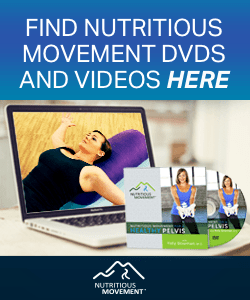


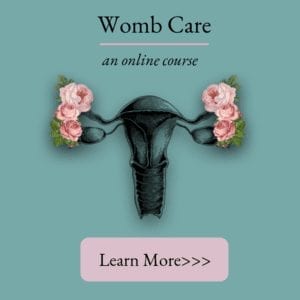
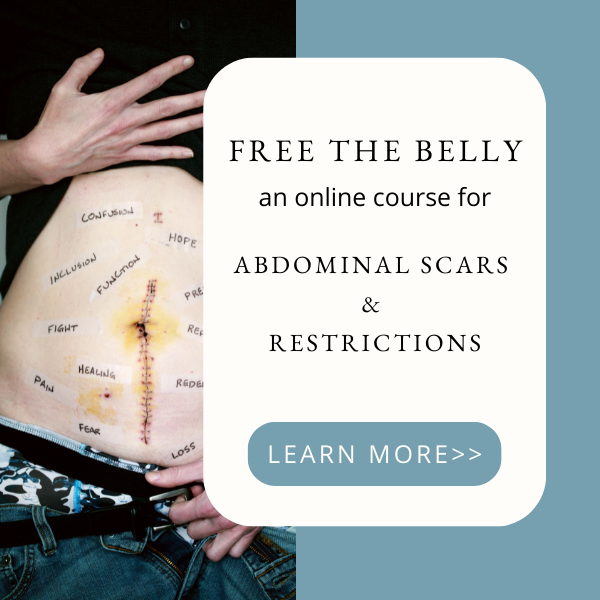
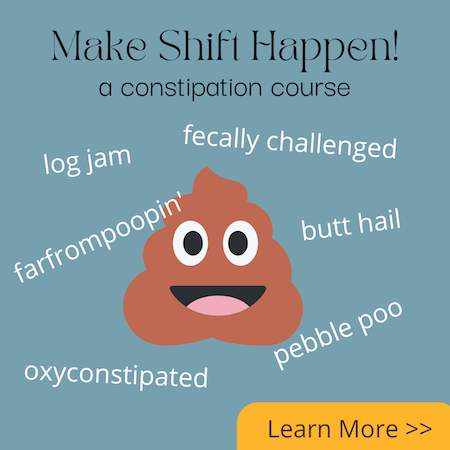
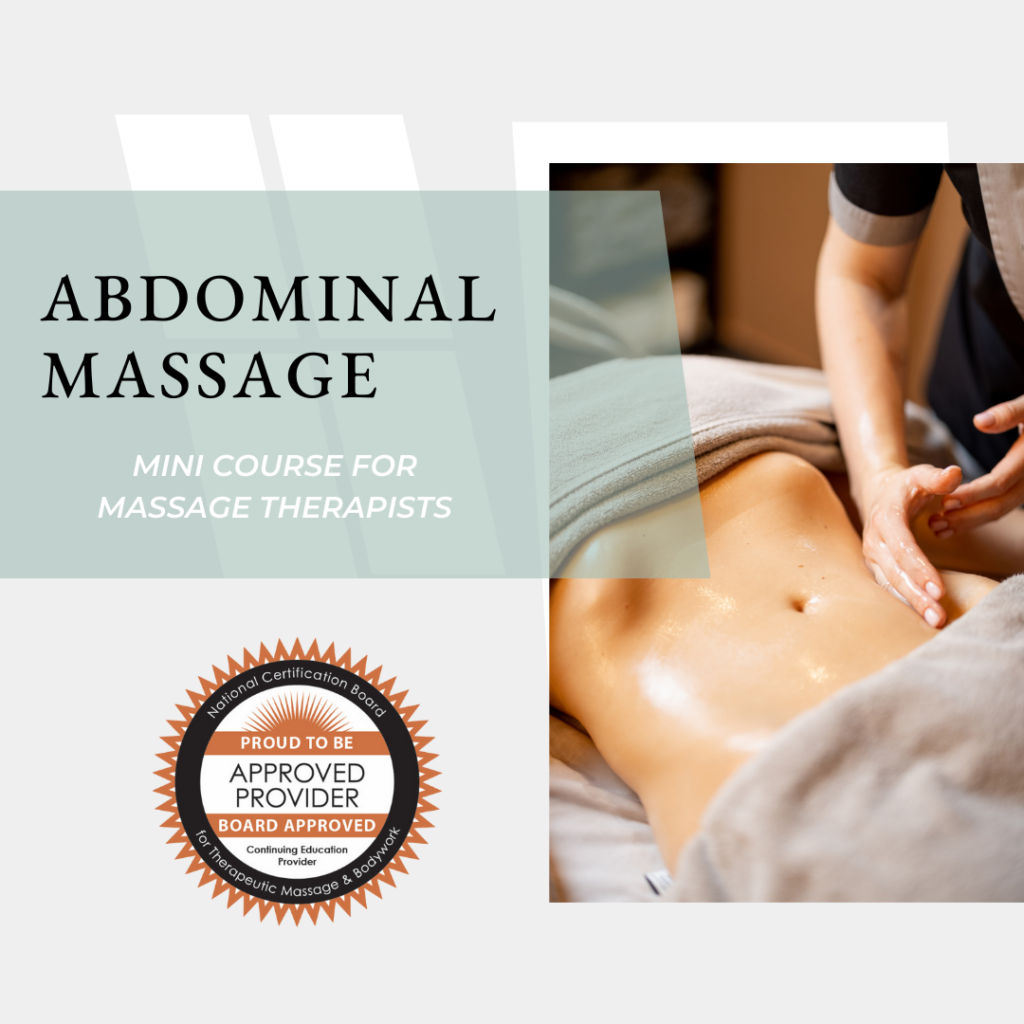
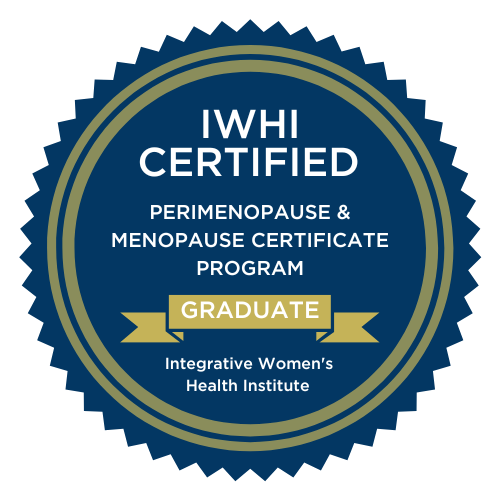
ha! i love the warning to not try the couch sitting at home! thanks for posting this. which program did you use for the picture?
I used an App called PostureScreen. https://alignmentmonkey.nurturance.net/2014/alignment-screening